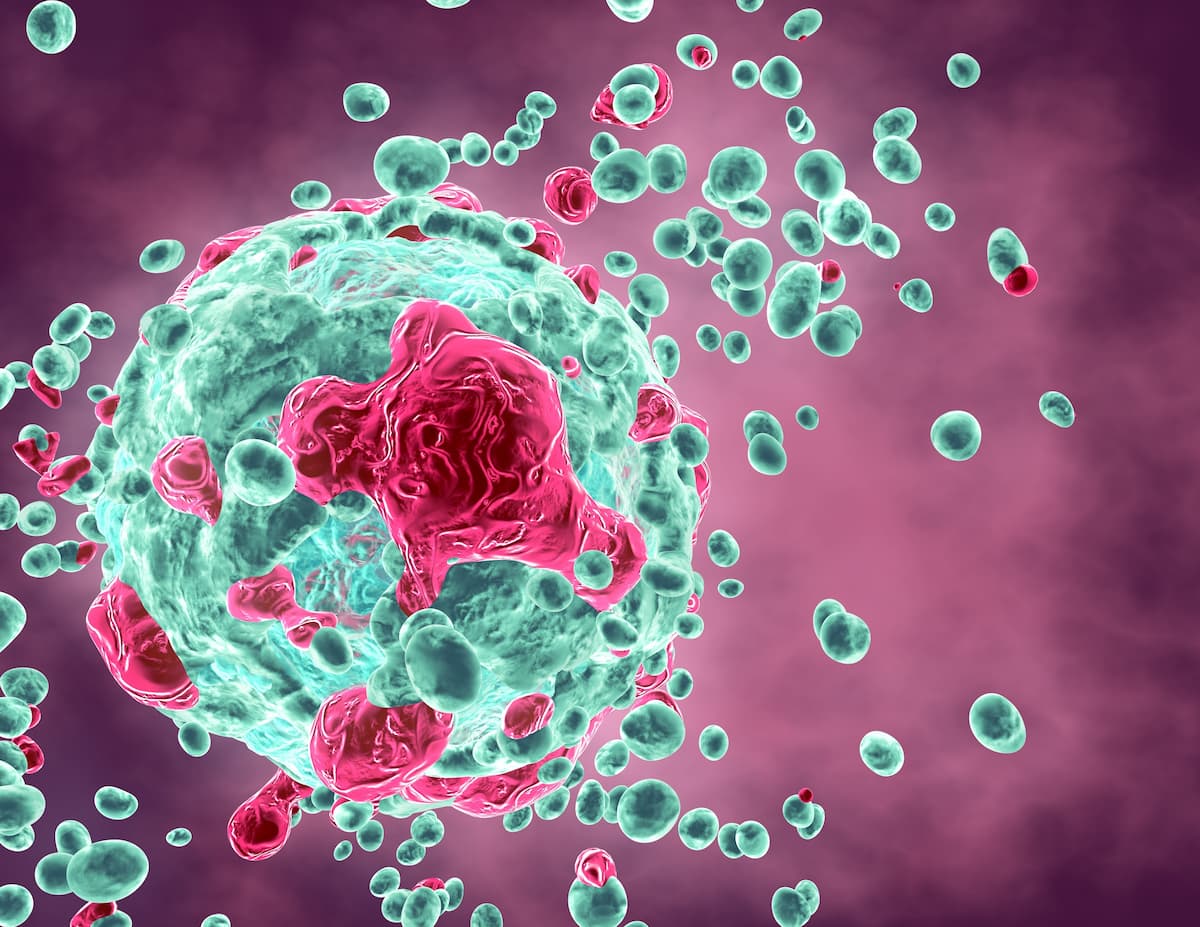FDA Issues CRL for Remestemcel-L in Pediatric Steroid-Refractory Acute GVHD
Investigators plan to launch a controlled trial assessing remestemcel-L in the highest-risk adults with steroid-refractory acute graft-versus-host-disease to meet the FDA’s request for additional data.
According to data included in a revised BLA for remestemcel-L in SR-aGVHD, 67% of high-risk pediatric patients responded favorably to treatment within 28 days and were alive after 180 days.

The FDA has issued a complete response letter to a resubmitted biologics license application (BLA) for remestemcel-L as a treatment for pediatric patients with steroid refractory acute graft-versus-host-disease (SR-aGVHD), according to a press release from Mesoblast Limited.1
The regulatory agency has requested more data to support marketing approval for remestemcel-L in this patient population. Moreover, investigators will initiate a controlled clinical study assessing remestemcel-L in the highest-risk adult patients as part of a plan of progressing from pediatric to adult SR-aGVHD indications for the agent.
“[The] FDA’s inspection of our manufacturing process resulted in no observed concerns, the agency raised no safety issues across more than 1300 patients who have received remestemcel-L to date, and acknowledged improvements to our potency assay,” Silviu Itescu, MBBS, FRACP, chief executive officer and managing director at Mesoblast, said in the press release. “We remain steadfast in making remestemcel-L available to both children and adults [with SR-aGVHD], and have received substantial clarity in how to bring this much-needed product to these patients.”
The FDA previously issued a complete response letter to the developers of remestemcel-L in October 2020, requesting findings from an additional randomized trial to verify the agent’s efficacy in SR-aGVHD.2 Manufacturers then resubmitted their BLA for remestemcel-L to the FDA in January 2023, which included data from a phase 3 study (NCT02336230).3 Based on these updated data, the FDA then accepted the resubmitted BLA for remestemcel-L.4
According to data included in the revised BLA, 67% of high-risk pediatric patients responded favorably to treatment with remestemcel-L within 28 days and were alive after 180 days.4 Additionally, 63% of patients survived at 1 year, and 51% survived at 2 years in a group of patients with predominantly grade C or D disease.
“Over the last 2 years we have worked tirelessly to address the issues previously raised by [the] FDA. We look forward to working closely with the agency over the review period with the aim to make remestemcel-L available as a therapy for children [with] SR-aGVHD,” Itescu said in a press release at the time the FDA accepted the resubmitted BLA.4
In the single-arm, prospective phase 3 study, patients received remestemcel-L intravenously at a dose of 2x106 mesenchymal stromal cells/kg twice a week for 4 consecutive weeks. Investigators administered infusions between 3 days and 5 days apart from each other.
The primary end point was overall response rate. Secondary end points included overall survival stratified by organ involvement, aGVHD grade, and responder status at day 28.
Patients 2 months to 17 years old with grade B to D GVHD and disease progression following prior steroid treatment were eligible for enrollment on the trial. Patients also needed to have adequate renal function and a Karnofsky or Lansky performance status of at least 30 to enroll on the study.
References
- Mesoblast receives complete response from U.S. Food and Drug Administration for biologics license application for steroid-refractory acute graft versus host disease in children. News release. Mesoblast Limited. August 3, 2023. Accessed August 7, 2023. bit.ly/3OM2How
- Mesoblast receives complete response letter from the FDA for biologics license application for steroid-refractory acute graft versus host disease in children. News release. Mesoblast Limited. October 1, 2020. Accessed August 7, 2023. bit.ly/3l4RjI3
- Mesoblast resubmits biologic license application (BLA) to FDA for remestemcel-L in children with steroid-refractory acute graft versus host disease (Sr-aGVHD). News release. Mesoblast Limited. January 31, 2023. Accessed August 7, 2023. yhoo.it/3jvB7Pp
- FDA accepts Mesoblast’s resubmission of the biologic license application for remestemcel-L in children with steroid-refractory acute graft versus host disease as a complete response and sets goal date of August 2, 2023. News release. Mesoblast Limited. March 8, 2023. Accessed August 7, 2023. bit.ly/3ZM6qFi